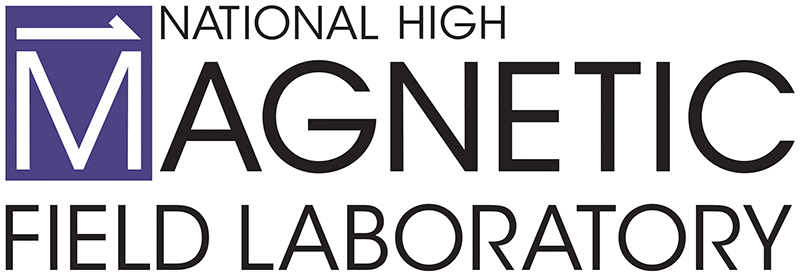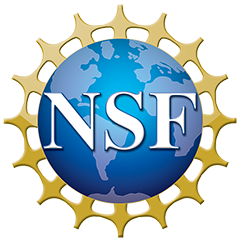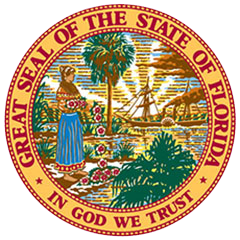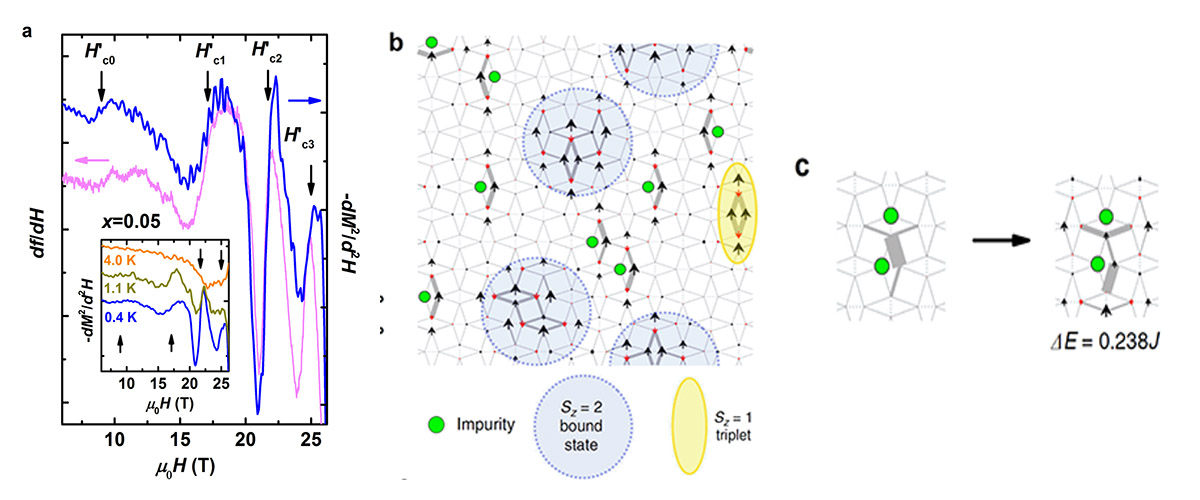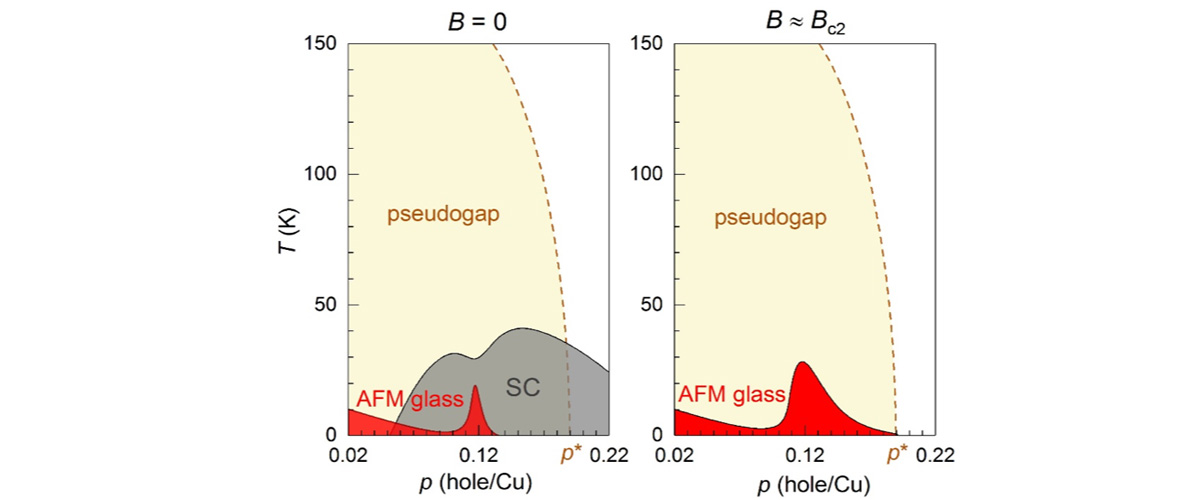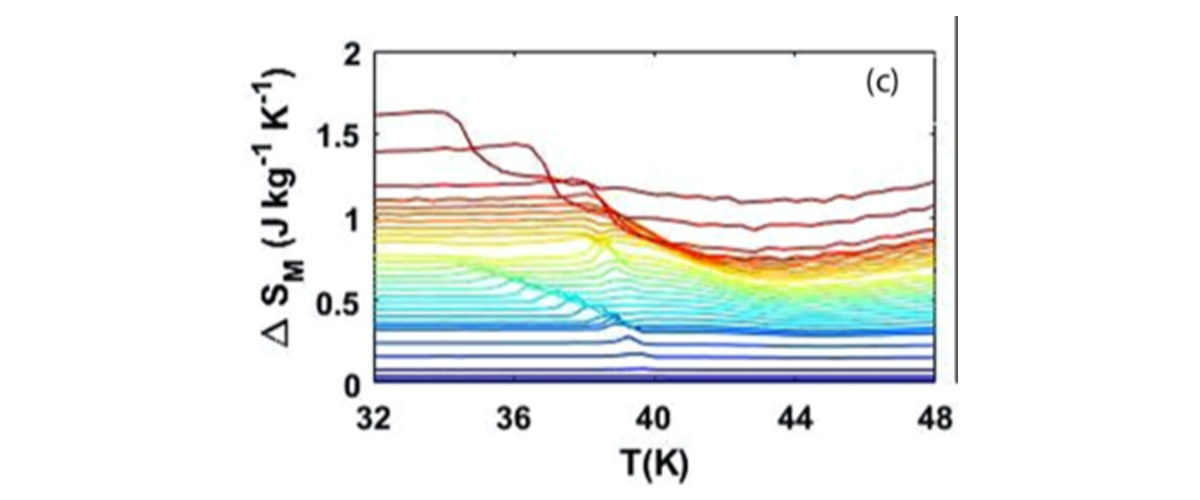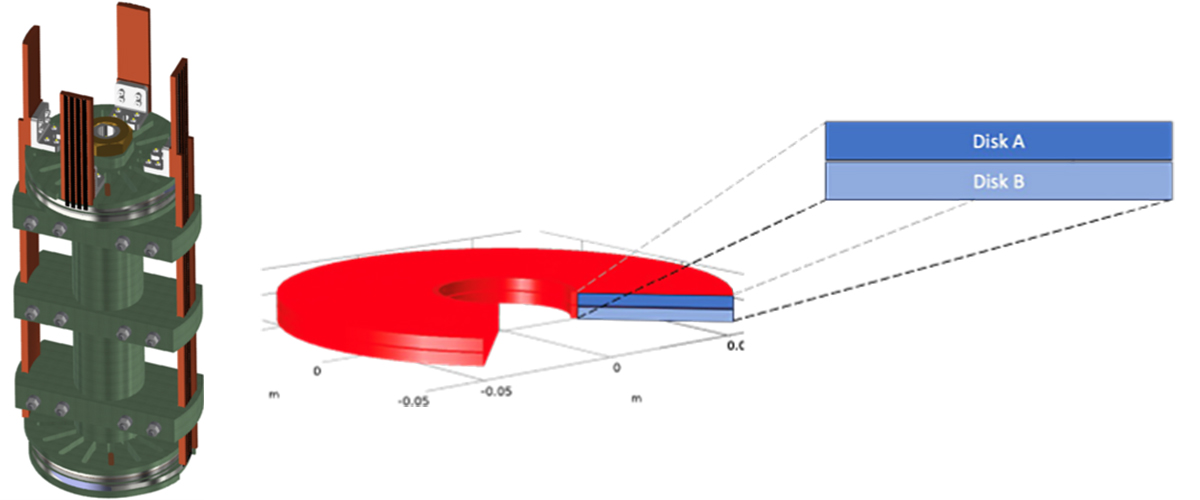What did scientists discover?
The word "impurities" typically denotes something that when added to another material results in a reduction of its usefulness or value. In quantum materials, however, impurities can push the physical properties of a material in unanticipated directions leading to valuable research results. Research on SrCu2(BO3)2 doped with small amounts of Mg onto the Cu sites showed anomalies in the magnetization that were caused by the Mg atoms pairing up with each other in the crystal lattice resulting in a new ground state.
Scientists discovered rich impurity-induced changes of localized magnetism by substituting very small amounts of magnesium (Mg) for copper (Cu) – called “chemical doping” – in the quantum magnet SrCu2(BO3)2. Measurements done at the MagLab showed that the Mg impurities formed stable pairs and induced new spin states at high magnetic fields.
Why is this important?
SrCu2(BO3)2 is the physical realization of an exactly solvable quantum mechanical problem in magnetism, known as the Shastry-Sutherland model. This model touches upon several important frontiers in condensed matter physics. Understanding the impurity effects in these chemically doped materials opens the prospects of realizing some of the long-sought-after quantum states of matter such as resonating valence bond (RVB) superconductors and perhaps also quantum phase transitions, which are not well-described by our present standard theory (Landau-Ginzburg-Wilson theory) for phase transitions.
Who did the research?
Zhenzhong Shi1, William Steinhardt1, David Graf2, Philippe Corboz3, Franziska Weickert2, Neil Harrison4, Marcelo Jaime4, Casey Marjerrison1, Hanna A. Dabkowska5, Frédéric Mila6, Sara Haravifard1
1Duke University; 2MagLab/FSU; 3University of Amsterdam; 4MagLab/LANL; 5McMaster University; 6Institute of Physics, École Polytechnique Fédérale de Lausanne (EPFL)
Why did they need the MagLab?
The MagLab provides access to low temperatures and high magnetic fields coupled with state-of-the-art experimental techniques that enable the comprehensive study presented in our work.
Details for scientists
- View or download the expert-level Science Highlight, Emergent states of matter in chemically doped quantum magnets
- Read the full-length publication, Emergent bound states and impurity pairs in chemically doped Shastry-Sutherland system, in Nature Communications
- Read a more science-interested public version in Feature Stories section A Super (Lattice) Surprise
Funding
This research was funded by the following grants: G.S. Boebinger (NSF DMR-1157490, NSF DMR-1644779); Z. Shi, W. Steinhardt, C. Marjerrison, S. Haravifard (Duke Fairbank Chair in Physics, Powe Junior Faculty Award & NSF ECCS-1542015); P. Corboz, F. Mila (EU Horizon 2020 No. 677061); N. Harrison & M. Jaime (DOE-BES "Science at 100 T program")
For more information, contact Tim Murphy.
